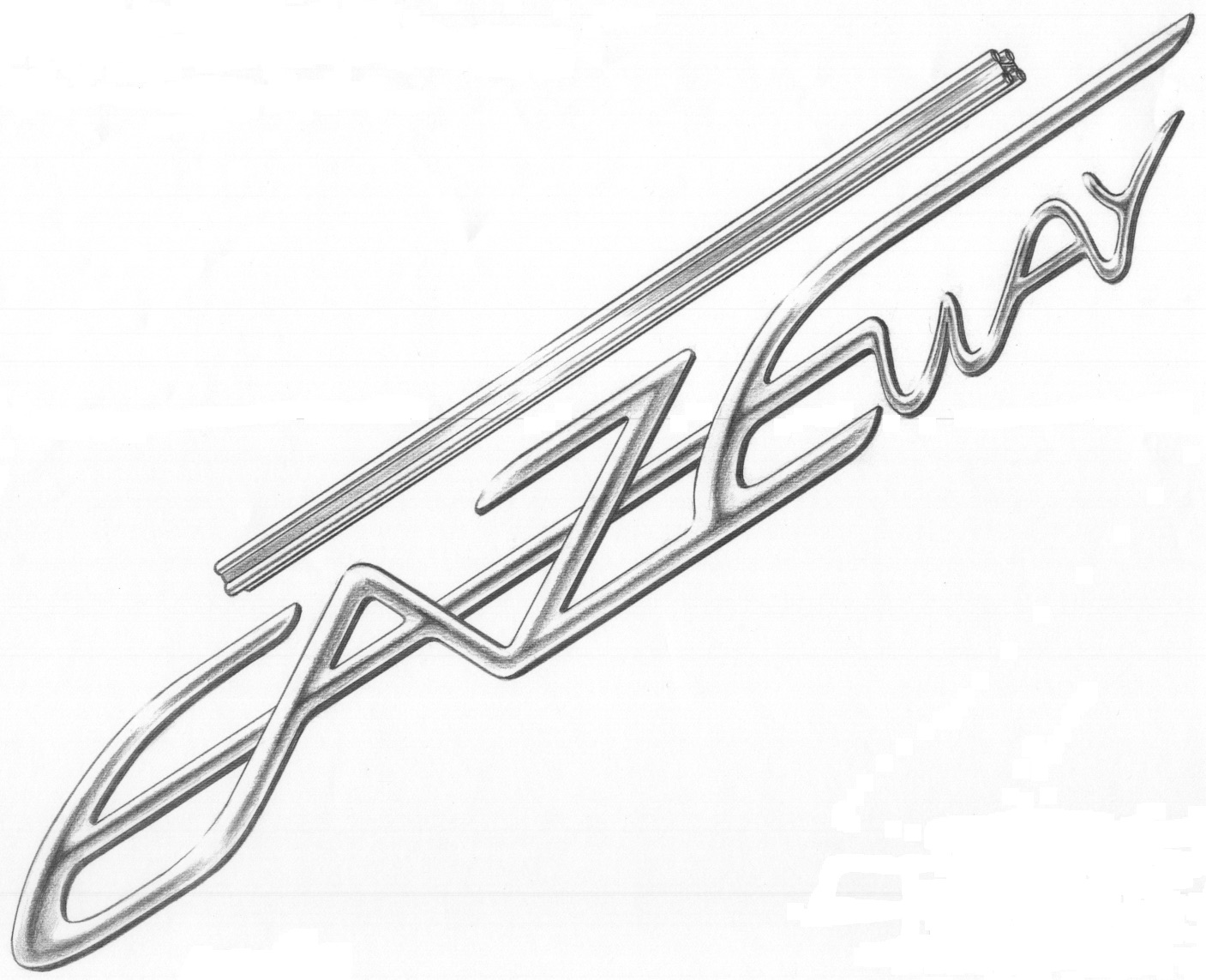EAZEway.org
EAZEway Bypass Technologies
Elevated Adaptable Zero-Emission Trackway
EAZEway™. Get the Vision...
Local Transportation Issues Can Be Solved Affordably and Quickly to Revitalize Local Communities... Affordable, Plug-and-Play, EAZEway™ Monorail For Long Distance and Your Regional Community
Solve mass transportation issues quickly, affordably, in an environmentally responsible manner.
Estimated specified build cost:
@$14 million/km + build rate @5 days/km
EAZEway exploits ultralight materials, modern steels, weld-free technology, oil-well drilling and plug-and-play construction. Strength is intrinsic to the EAZEway track which is obtained by rolling flanges into a beam-and-channel cross section.
Highlights and Benefits of EAZEway Design Concept
-
Bypasses traffic corridor congestion
-
Low cost to build and operate enabling wide area regional transit
-
Proven technologies reconfigured from aerospace, military & oil-field industries
-
Adaptable to terrain and removable for reconfiguation
-
Rapid deployment over all terrain (land and water)
-
Environmentally friendly with low-impact construction and operation
-
Public Security protection against acts of nature or sabotage
-
No-Tax Burden via Community Income Trust
EAZEway.org
Rapid, Low Cost Deployment
The "plug-and-play" EAZEway monorail provides to regional communities anywhere in the world with a potentially self-funding and revenue generating, transportation, communication, real-estate network.
The "plug-and-play" EAZEway monorail provides to regional communities anywhere in the world with a potentially self-funding and revenue generating, transportation, communication, real-estate network.
Some benefits of the EAZEway system are:
-
very low cost or free public transit
-
revenues to the community
-
new local jobs
-
environmentally sound (during construction and operation)
-
new real-estate infrastructure
-
citizen access to online data of all the resources in transit
-
local environmental data tracked by the network
Design of the routes, buildings and joint venture agreement are created with the participation of citizens, including community referenda. Community ownership and input to initial designs of major projects is a key to the success of any viable venture.
We have adopted virtual prototyping as a proven method of reducing the risks associated with major projects. We can then reconfigure existing, proven, safe technologies and business models in novel, evolutionary ways. This enables a much larger, widespread system for moving people and commercial goods.
Greater reach and accessibility to larger areas of a region created by the design and affordability of the EAZEway system enables dramatically increased ridership and reduced automobile traffic.The cost of constructing a transportation network of a large enough coverage to efficiently and profitably service a region has previously be unavailable and has been a major limitation with regional transportation models.
EAZEway.org
Why EAZEway?
Very low capital cost and very fast construction time frames makes a larger network affordable. This enables, for the first time, the opportunity to build fast, safe, high-speed, mass transit with greatly increased reach into and around more communities in a region. The greatly increased efficiencies of scale, accessibility, convenience and functionality increases ridership on the system. The presently over-reaching and underfunded bus routes can be reconfigured for lower costs and greater efficiency.
Lower ridership links, and environmentally sensitive routes to specialty destinations like Vancouver to Whistler and local islands are now viable because of the low cost and unique methods of construction. The construction methods and footprint of the EAZEway system have a near-zero environmental impact. Operation is also zero-emission with silent vehicles capable of between 300-400 km/h estimated top speeds. The landscape on EAZEway routes can enhanced by the attractive structural design and gives the opportunity to remove many types of lamp posts, poles, overhead wires-cape etc. and incorporate them seamlessly into the EAZEway structures.
EAZEway.org
Self-Financing Models to Build and Maintain EAZEway
The Real-Estate Income Trust turns what traditionally is a tax burden, transit, into a revenue generating asset adding additional value to the community. The reach and coverage of the EAZEway network combined with existing transit systems creates enough rider-ship to justify commercial real-estate "on the line" in "hub-buildings" and smaller stations. By combining the high volume rider-ship and more convenient access to the hubs, the tenants and investors of the buildings enjoy highly valued locations.
The Segregated Easement Income Trust is now viable due to the reach and coverage of the EAZEway network. Again, this makes the traditional tax burden, transit, into a revenue source for communities. Easement income created by leasing space on the support structures to fibre-optics, power, water, cellular and other commercial service industries. The revenue generated by easements helps fund the operation of the EAZEway network and also creates revenues for the communities that grant easements to the network. The network can move freight, day and night.
The combination of low cost to build and operate with revenue generating real-estate and easements enables the EAZEway system to be a free public transit system accessible to a much greater number of people and generating multiple benefits to a region
The EAZEway network, business enterprise models, and I-BAT systems are key initiatives of EAZEway Bypass Technologies (EBT) for the empowerment and development of regional communities and their citizens. For a light-hearted, illustrative introduction to the EAZEway - an overhead bypass solution to congested transportation, energy and communications corridors.
EAZEway.org
revitalize local industries and local workers as business partners:
Engineers – Construction – Operations – Steel work

EAZEway Bypass Technologies (EBT) is recognized as the exclusive license holder for use of all content and designs on this site (unless otherwise noted) and EBT is the exclusive agent for marketing for all intellectual property associated with and incorporated into the EAZEway Project (including US Patent #573816), IBAT systems and the Marabou Project.
EAZEway™ is a Trademark and Copyrights belonging to EAZEway Bypass Technologies 2001-2024